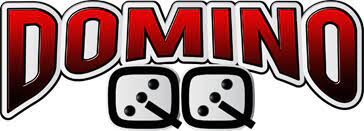Poker is a popular card game in which players compete to make the best hand. The game is governed by a set of rules and each player’s decision is based on a combination of psychology, probability, and game theory.
Before a hand begins, all players must place an amount of money into the pot called an ante. After the ante has been placed, players are dealt two cards face up. These are the hole cards.
The cards are then distributed clockwise among the players. During the initial deal, players can bet, call, or fold their hands.
Betting is a sign of strength, so players with weaker hands are likely to fold their cards before betting. If you have a good hand, you can raise to push more chips into the pot and increase your odds of winning the pot.
Bluffing is another effective strategy to use when you have a strong hand, but don’t want to bet too early. By bluffing, you can convince other players that you are a strong player and that they should raise their bets. However, this can be very dangerous as it can give your opponents enticing pot odds and make it much more difficult for you to win the pot.
Speculative hands are a great way to play poker, but they need to be played aggressively! They are usually more expensive to play, but they also have the potential to win more money.
When playing a poker table with many players, it is important to remember that they all have different strengths and weaknesses. By learning how to read other players, you can make the most informed decisions possible.
Knowing which hands your opponent is playing, and when they are playing them, can help you win more money in the long run. It’s a very complex topic and it takes a lot of time to learn how to read other players, but it’s worth the effort if you are serious about becoming a good poker player!
Understanding how to spot a bluff is very important. You will need to be able to tell when an opponent is bluffing in order to know whether or not it is a good idea to raise.
There are three main factors you should consider when making a bet: the size of the raise, stack sizes, and the amount of the opponent’s bet. By understanding these three factors, you can play tight and aggressive.
If your opponent bets a large amount, it is probably a bluff and you should not bet. This is because you’ll be giving your opponent very enticing pot odds and will most likely lose the hand.
It is also important to note that your opponent may not be a bluffing player, but simply behaving in an aggressive way. This can happen with any type of player, including a beginner.
When playing against more experienced players, bluffing can be a very powerful strategy. The reason for this is that bluffs are more difficult to spot than a hand.
